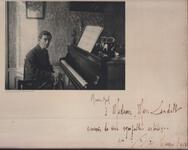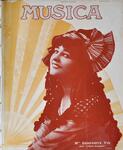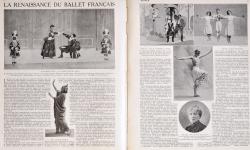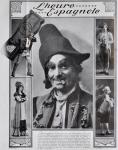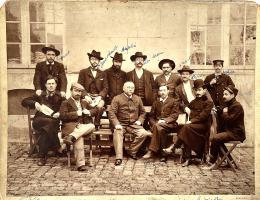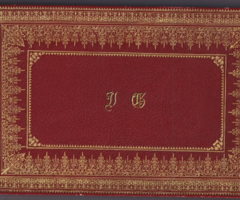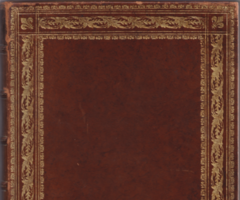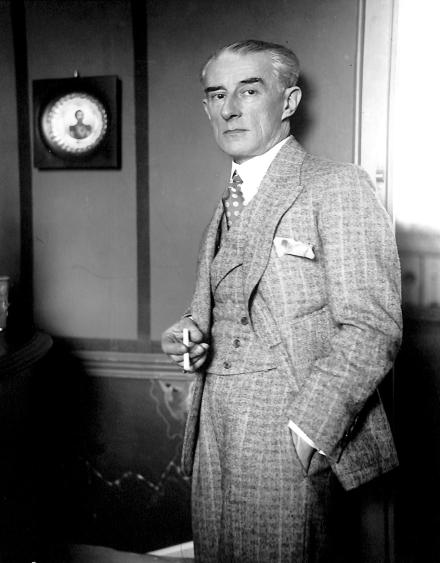
Maurice RAVEL
1875 - 1937
Conductor, Composer, Pianist
Originally from the south of France, Ravel’s family moved to Paris shortly after his birth. It was not long before his open-minded, well-educated parents became aware of their son’s artistic abilities, and he was enrolled in the Paris Conservatoire in 1889, studying piano under Charles de Bériot and composition under Gabriel Fauré. Although his studies were marred by a string of spectacular failures to win the Prix de Rome competition (particularly in 1905), these years played a decisive role in moulding his distinctive sensibility. The discovery of Chabrier and Satie, as well as of Mallarmé and Baudelaire, drove him to break away from the academic style with writing that was sophisticated in the extreme. This can be seen in his early attempts, like Les Jeux d’eau (1901) or the Quartet (1903), masterpieces which resulted almost immediately in him being ranked at the forefront of the French school, alongside Debussy. His catalogue of barely 110 works is surprising for the exceptionally high number of major works it contains. Making a deep impression on the music of the 20th century, the composer tried his hand at virtually all the genres, from keyboard music (Sonatine, Miroirs, Gaspard de la nuit, Le Tombeau de Couperin) to chamber music (Trio in A, Sonata for violin and cello), not to mention works with orchestra (the Rapsodie espagnole, the piano concertos, Daphnis et Chloé, the Boléro, La Valse, the opera L’Enfant et les sortilèges), which are particularly remarkable for his consummate mastery of instrumental writing.



